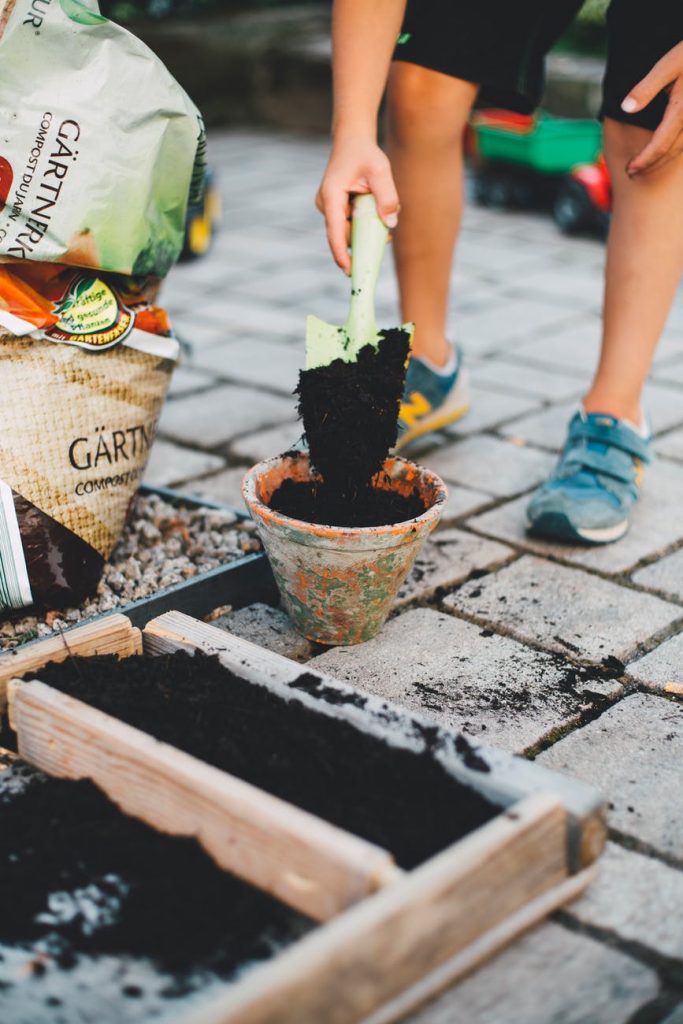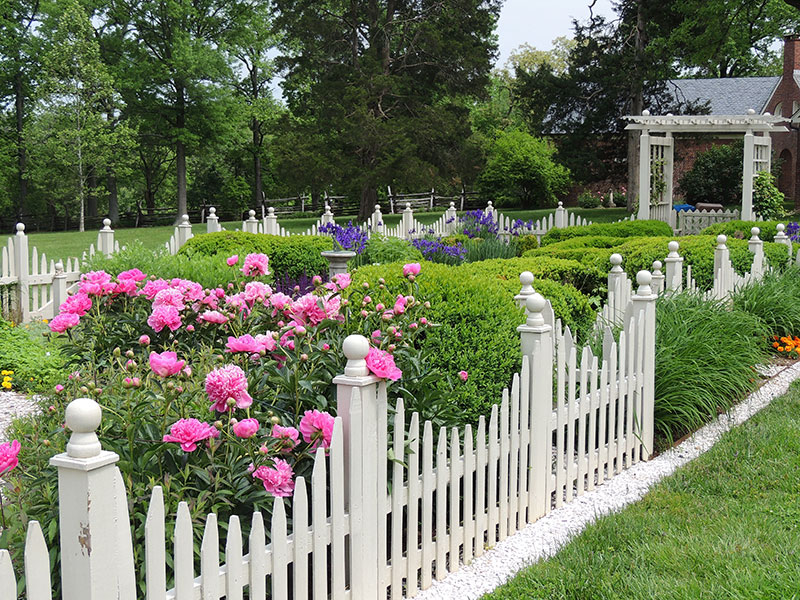If you’re like most people who have recently embarked on their journey with home gardening, you’re undoubtedly looking forward to spending many pleasant moments nurturing and cultivating your creation. However, you may also be experiencing pangs of apprehension while envisioning wilted and yellowing plants instead of lush, thriving vegetation.
This is completely normal for novice gardeners. It’s also normal to believe that those gorgeous gardens others seem to grow so effortlessly are the result of some kind of innate magic or a mystical green thumb, but the truth is, it takes knowledge to build a good garden.

Here’s what you need to know.
Choose the Right Location
Choosing the wrong location for a garden is a sure way to doom the plants to failure. For instance, if you’re aiming for a lush hosta garden, you need to site it in the shade because the heat of the afternoon sun will burn the plants up.
On the other hand, if you want a lovely flower garden full of sunflowers, asters, zinnia, cosmos, and marigolds, it will languish before your eyes if you fail to plant it in an area that receives less than six hours of direct sunlight a day.
Use Eco-Friendly Pest Control
Pests are a natural part of the great outdoors, but that doesn’t mean you have to choose between letting them harm your plants and poisoning your immediate environment with harsh chemical control agents. Fortunately, eco-friendly gardening solutions are available that give you the best of both worlds.
Look for a local pest control provider like Moxie Pest Control that uses eco-friendly solutions, and they can develop a treatment plan to keep unwanted pests out of your garden without threatening your plants.
Amend the Soil
Gardens are only as good as the soils in which they’re growing. Before planting, add organic amendments such as compost to provide optimal aeration and nutrition. After you’ve planted your starts from the nursery or your seedlings sprout, add a layer of mulch. This not only insulates the roots of the plants from the effects of outdoor temperatures, but it also helps the soil retain water. Using organic mulch such bark chips provides the added benefit of acting as a gentle, slow-release fertilizing agent.
Research Local Growing Conditions
Researching local growing conditions is essential if you want your garden to thrive. Certain types of plants require specific amounts of heat in order to thrive, while others don’t fare well when outdoor temperatures are consistently warm. For instance, you can’t grow apple trees in a desert environment because the trees need low autumn temperatures to trigger them into going dormant.
Temperature isn’t the only consideration, however. If you have clay soils, you need to choose plants that are able to grow in these conditions, and if you live near the coast, you need to research which plants do best in salty soils and windy conditions.
Choose the Right Plants
Fledgling gardeners should start out with easy-to-grow plants rather than trying their hand at their fussy counterparts. Choose marigolds instead of orchids at first.
One of the best ways to ensure that you’ve selected the right plants is to research those that are native to your region. Native plants are already genetically acclimated to thriving in their given regions, so you won’t have to provide much in the way of extra care.
Keep It Interesting With Containers
Interspersing containers within your ground-level gardening projects bring height and texture to the picture. Don’t be afraid to experiment with this approach — the beauty of containers can be moved around into your find their sweet spot. Another added bonus is that if you plant annuals in them, you can change things up on an annual basis.
Fertilize Your Plants on a Regular Basis
Even if you’ve given your garden a great head start by amending the soil with lots of rich, organic ingredients designed to provide optimal plant nutrition, it’ll probably still require a bit of extra fertilization. Fertilization requirements vary dramatically among plant species, so be sure to read up on the varieties you’ve planted and to fertilize them according to recommendations from the experts.
Don’t forget to include a comfortable outdoor seating space in your garden plans. This allows you, family members, and guests to relax with a cold beverage on a sunny summer day and enjoy the sight of your garden as it blooms and thrives.



